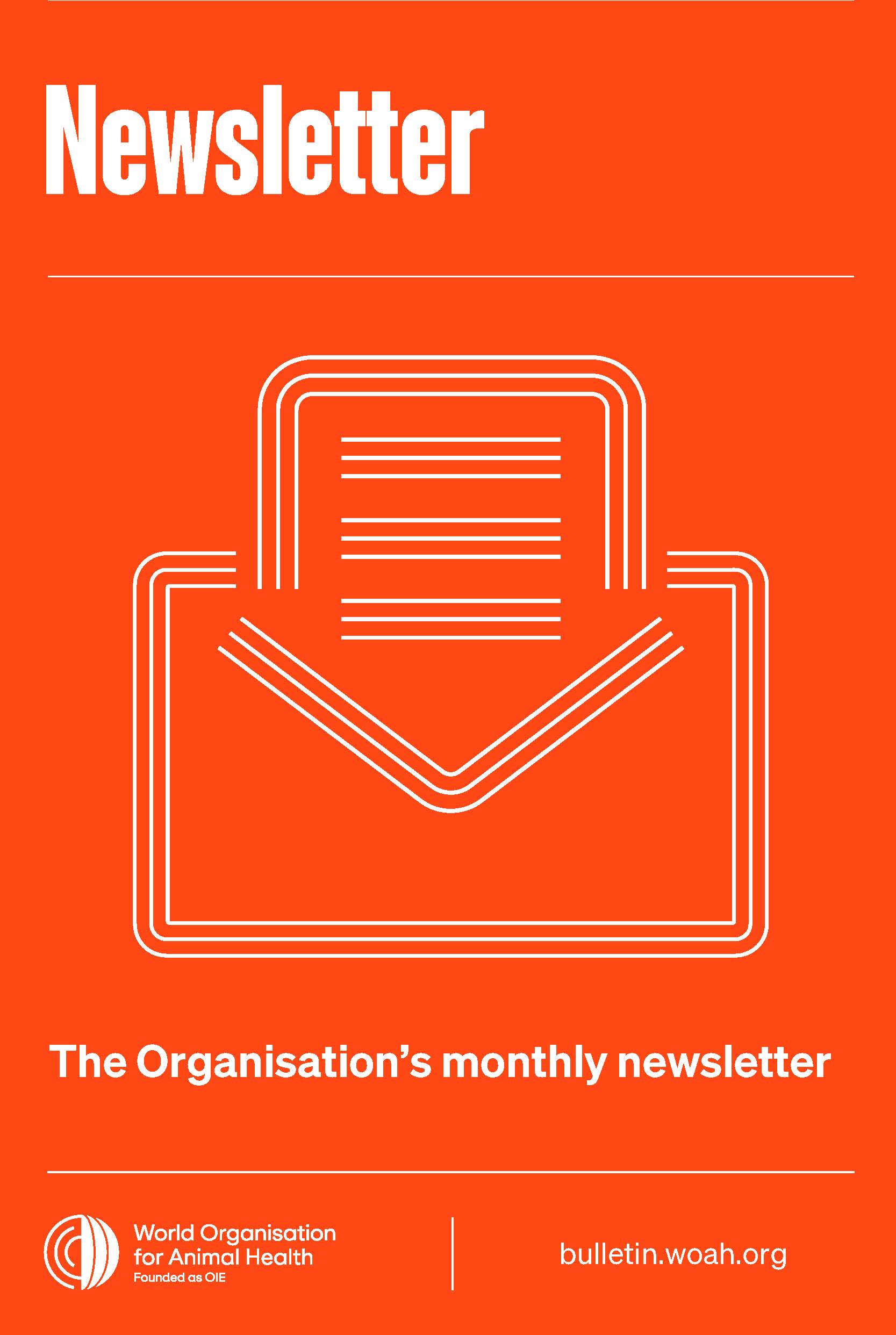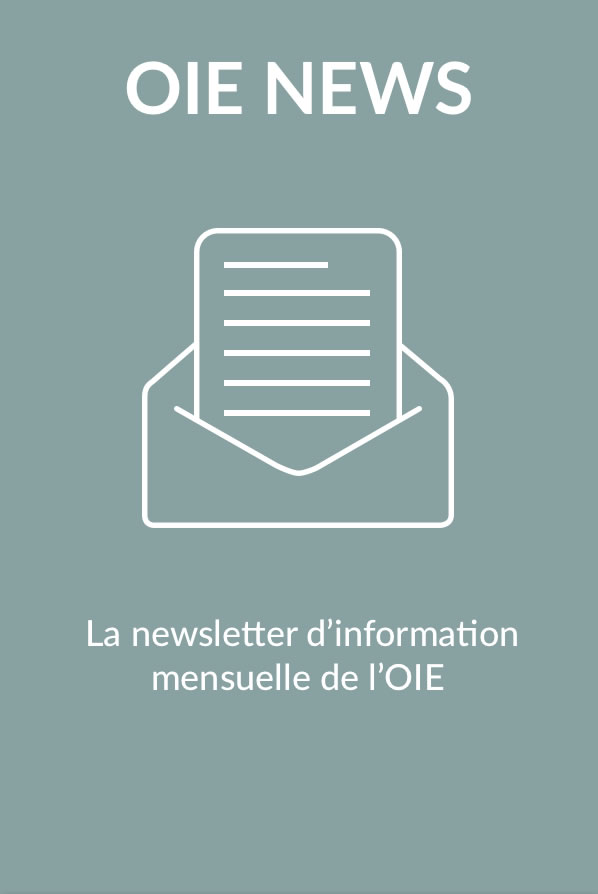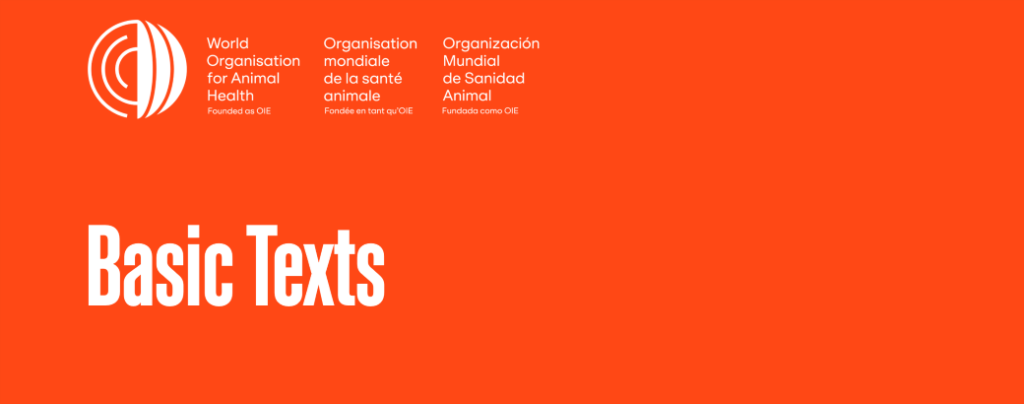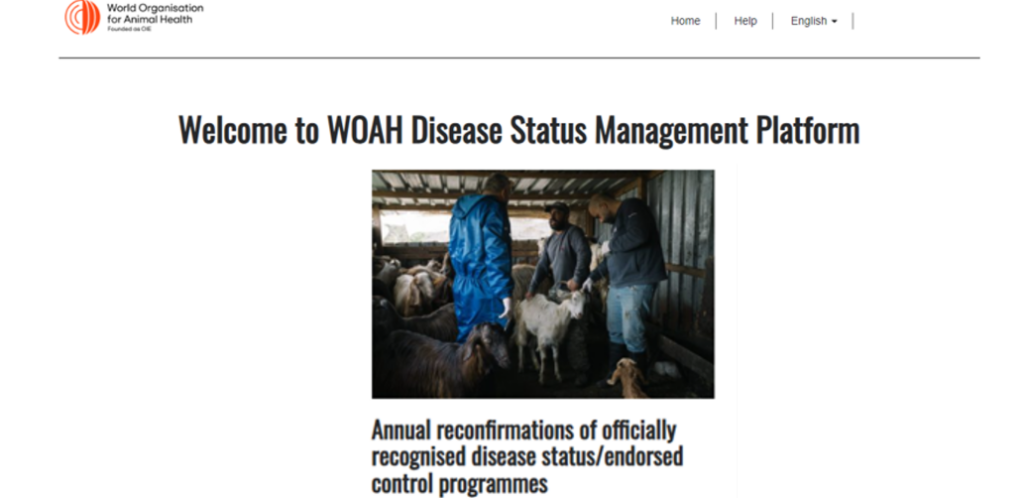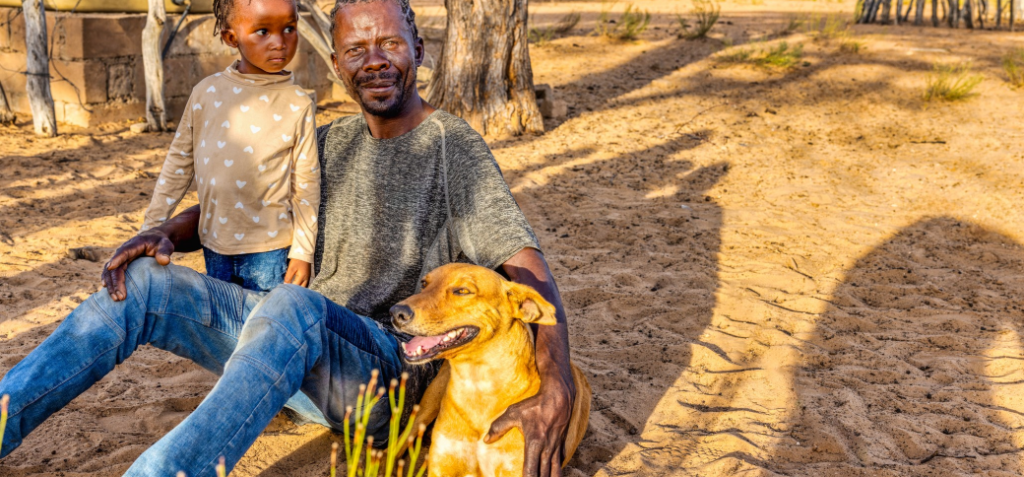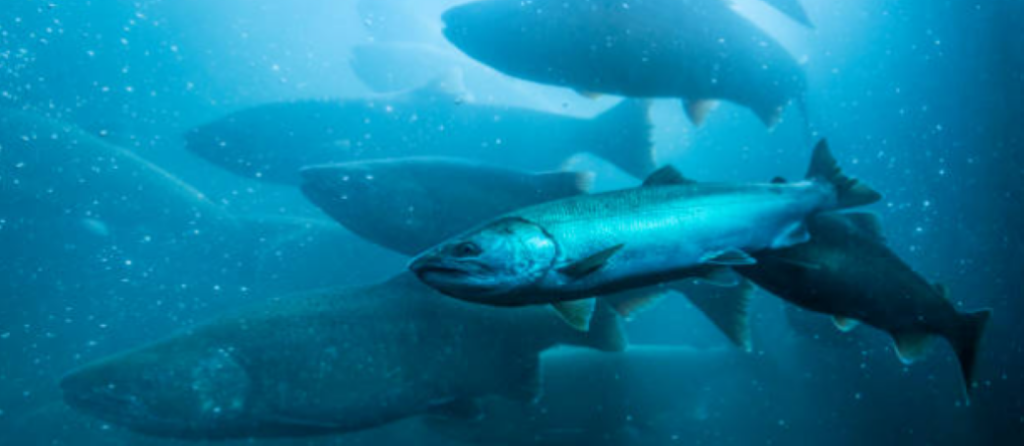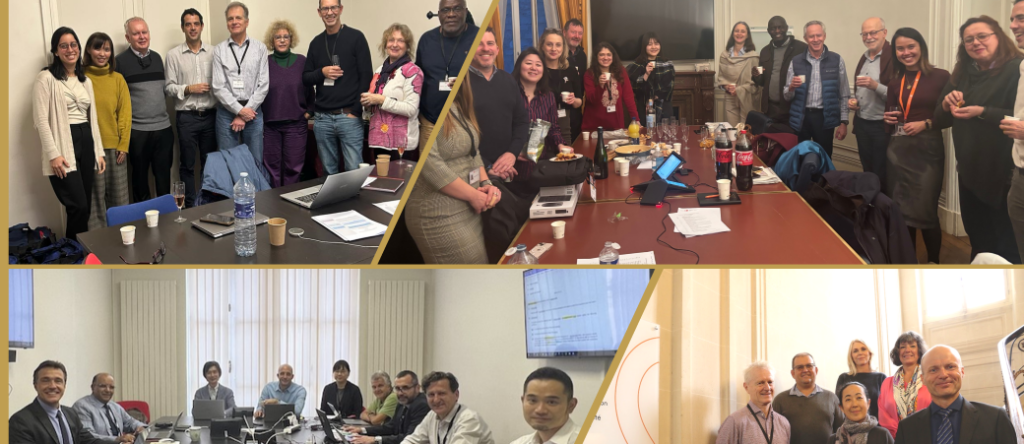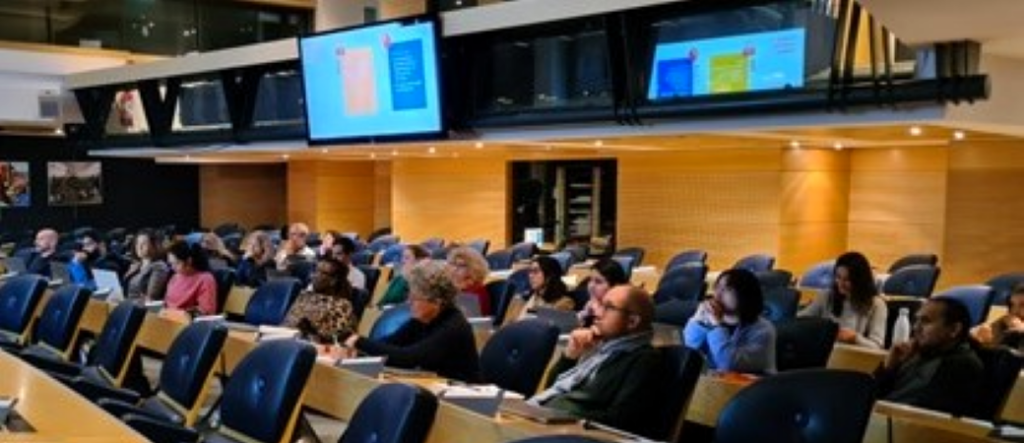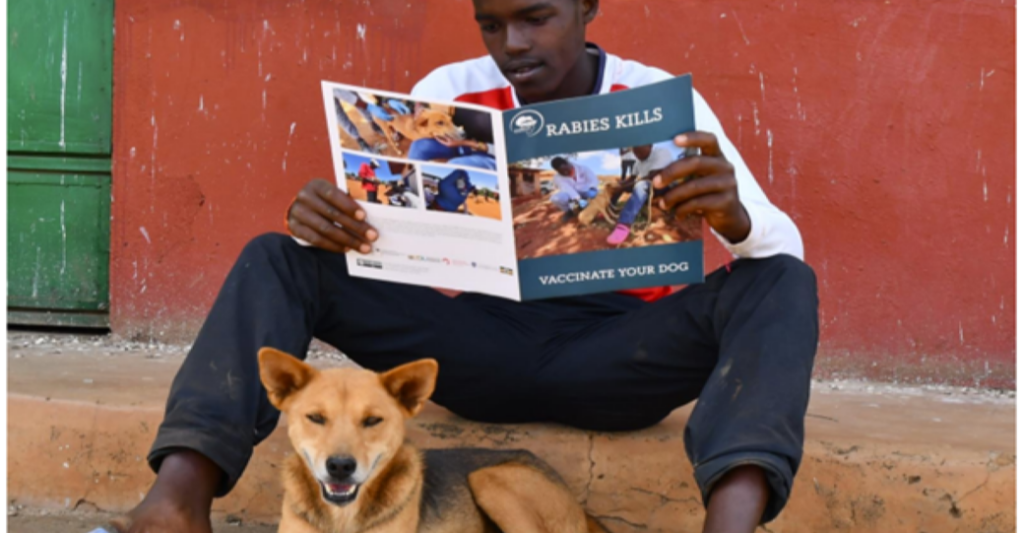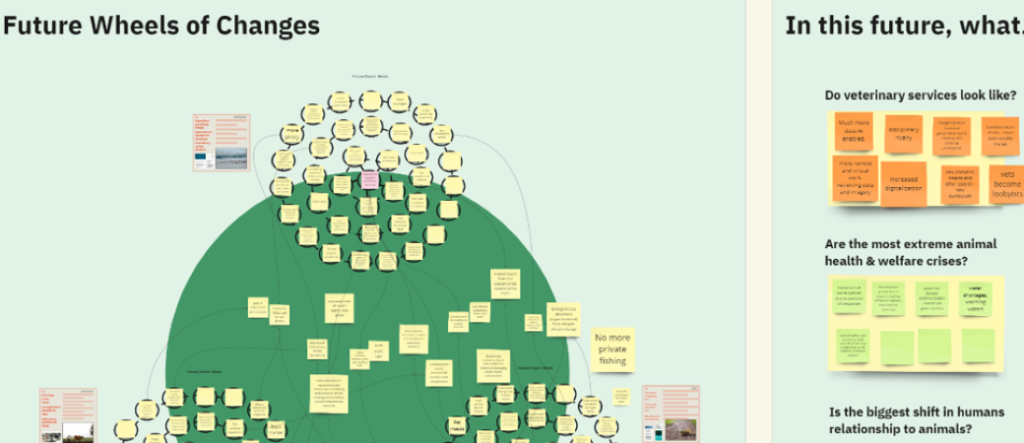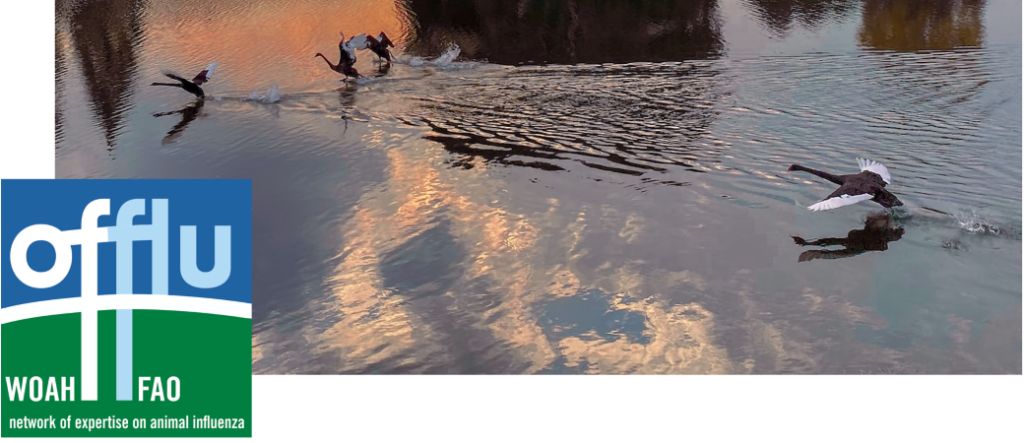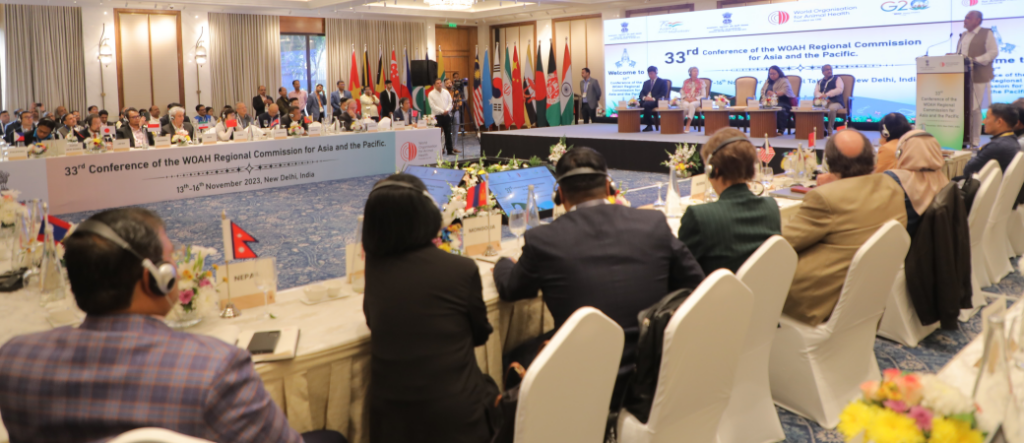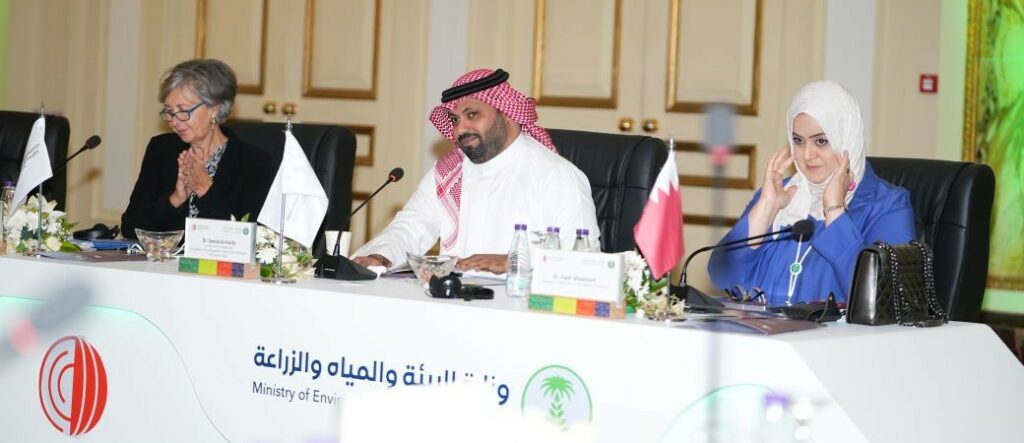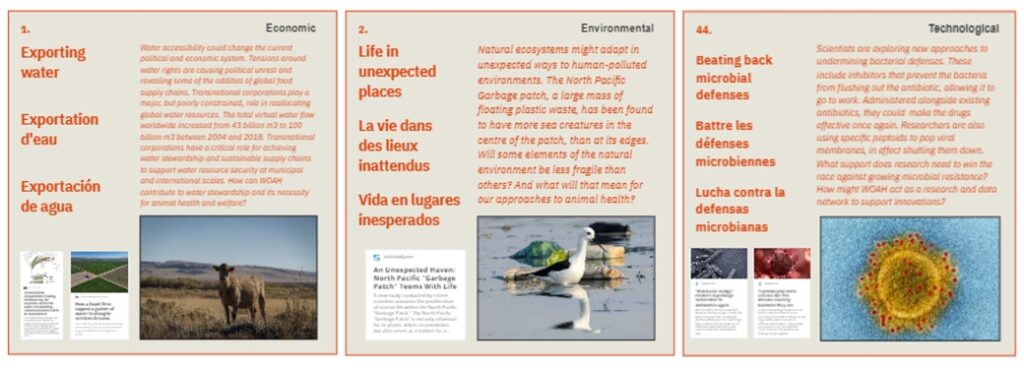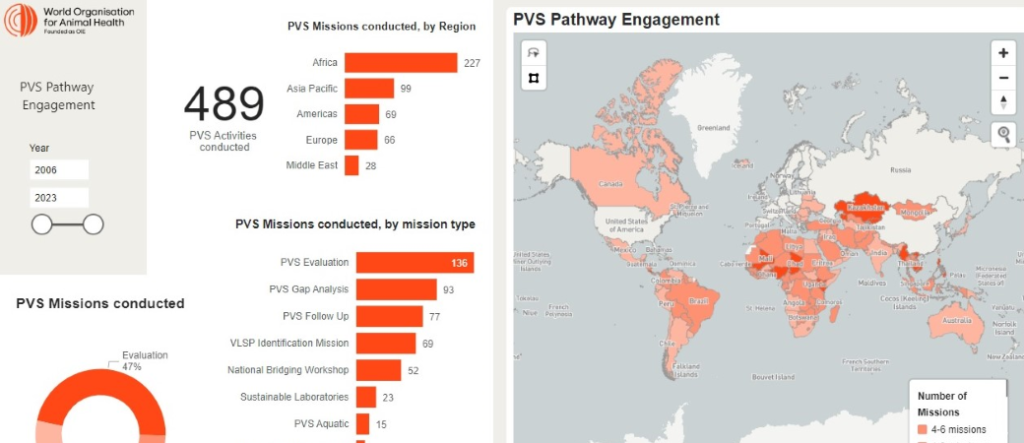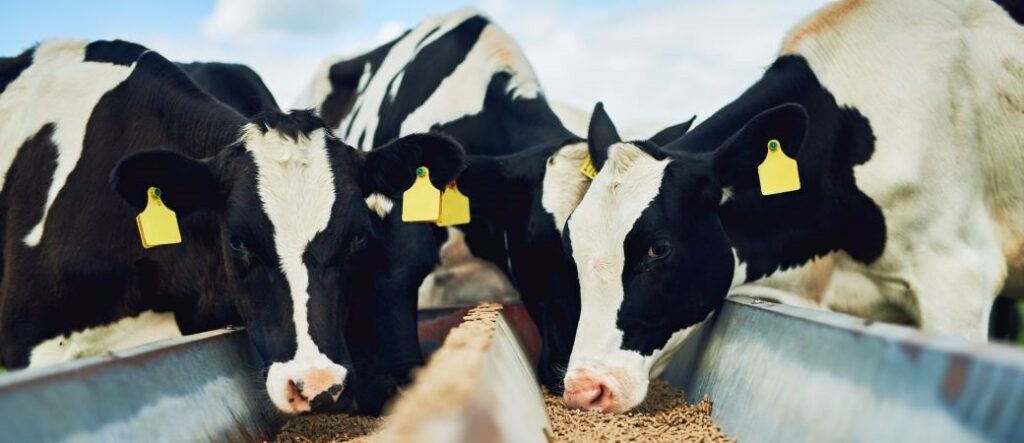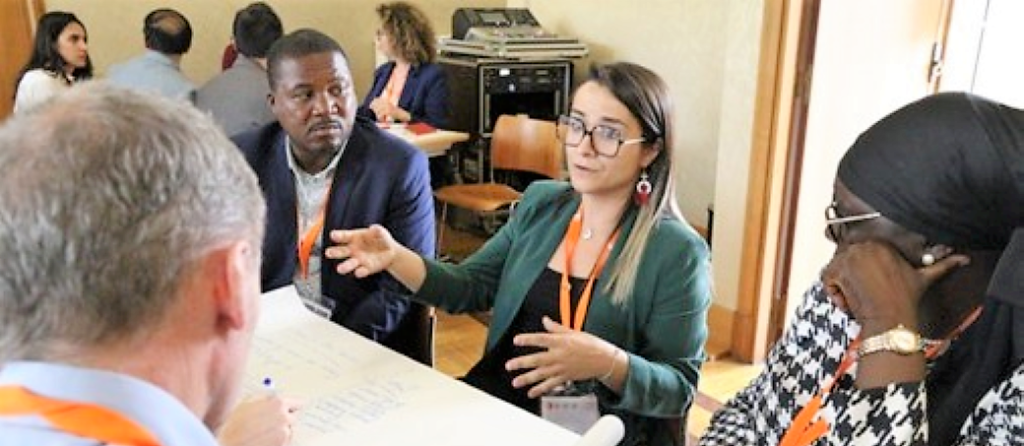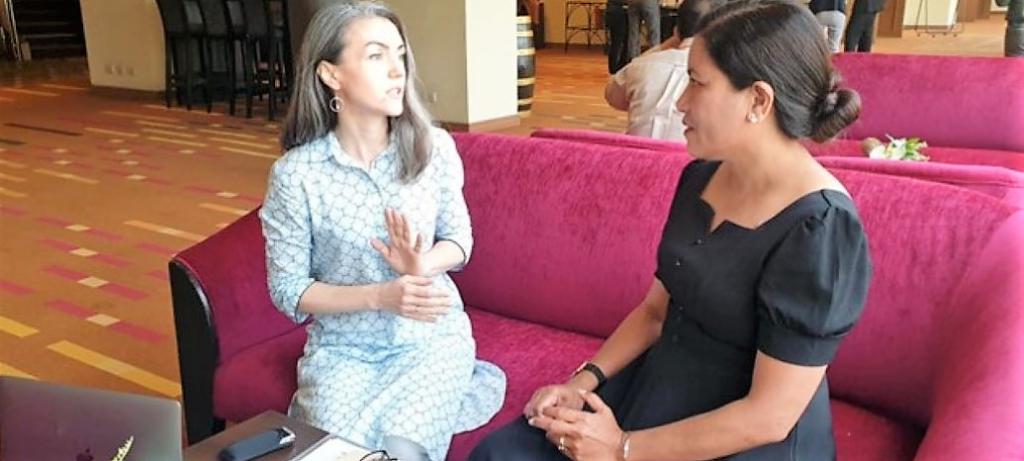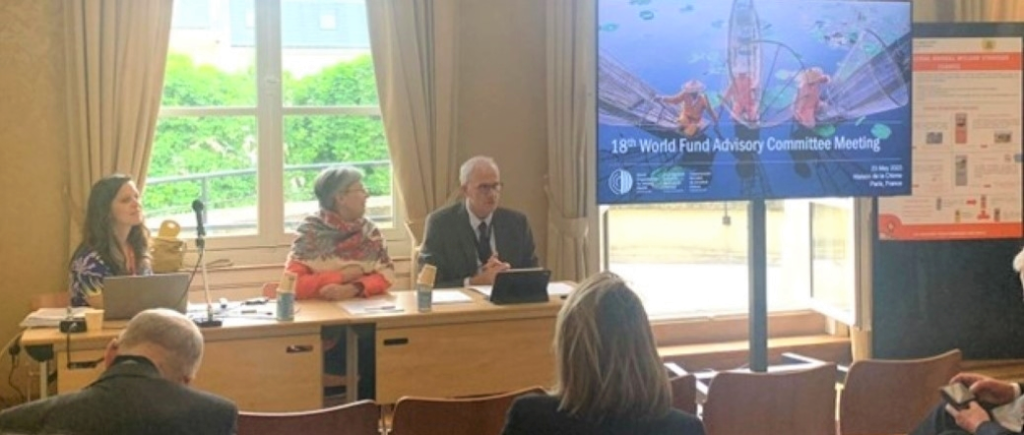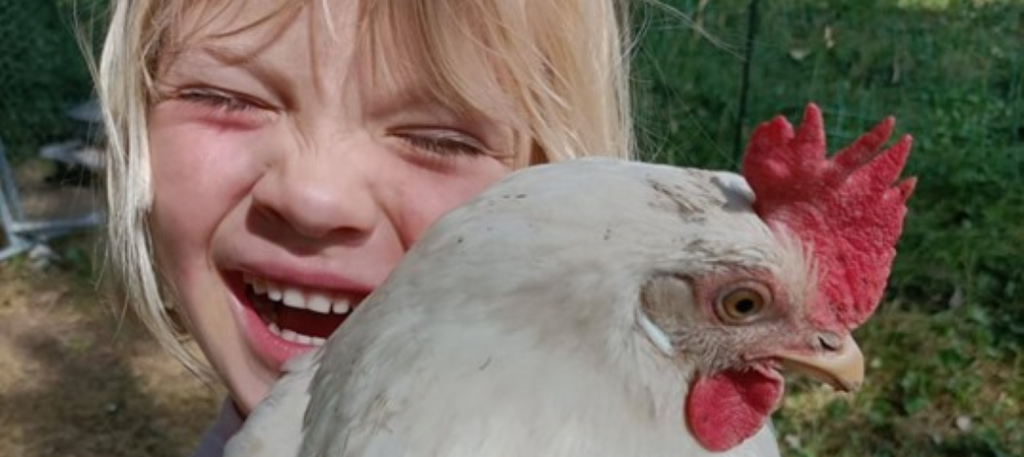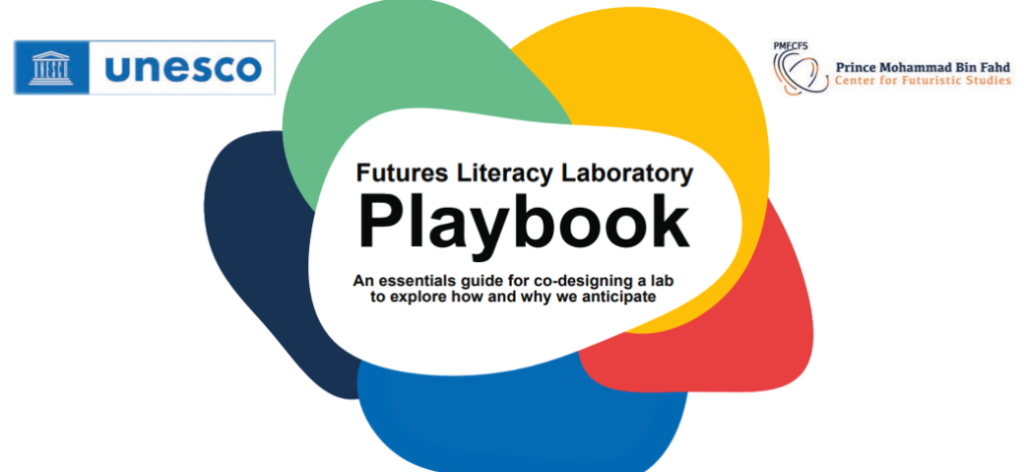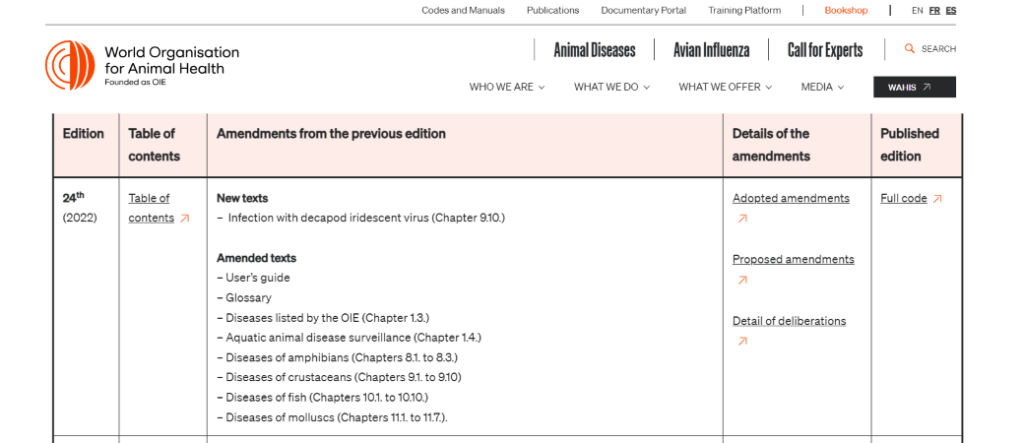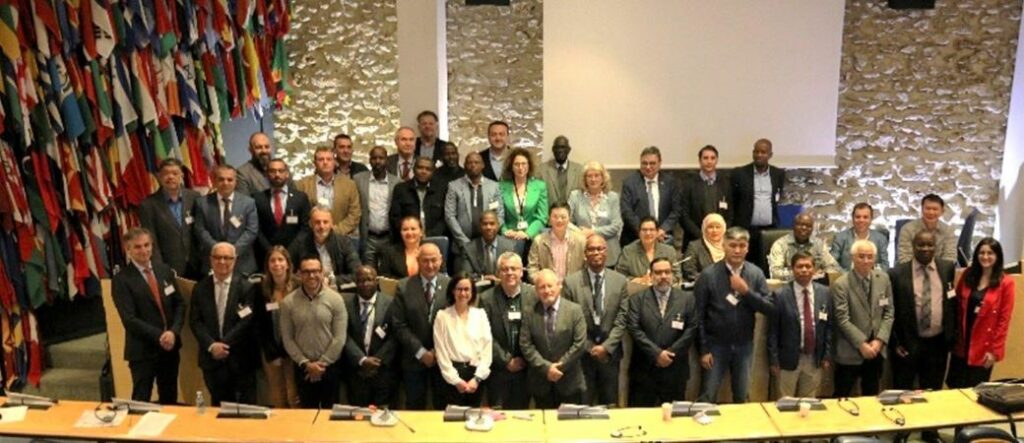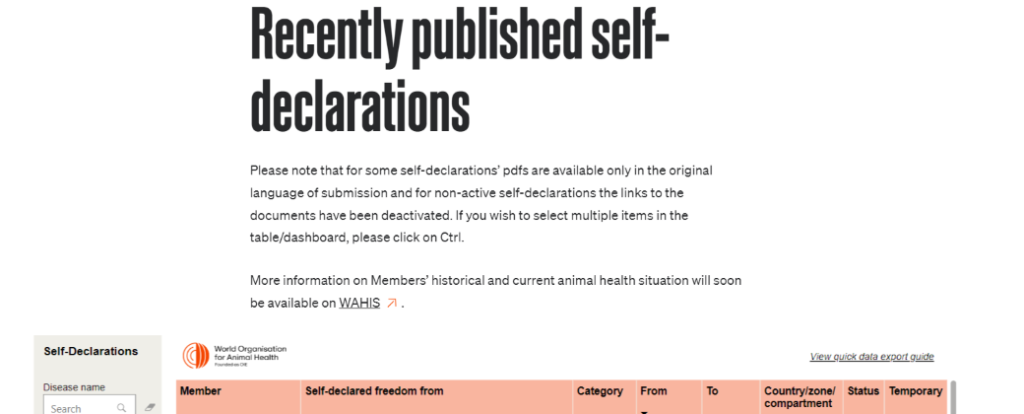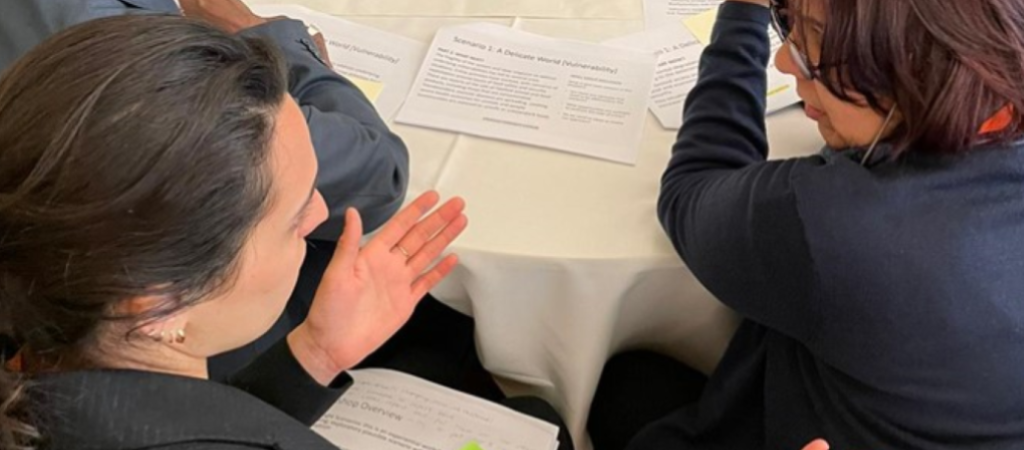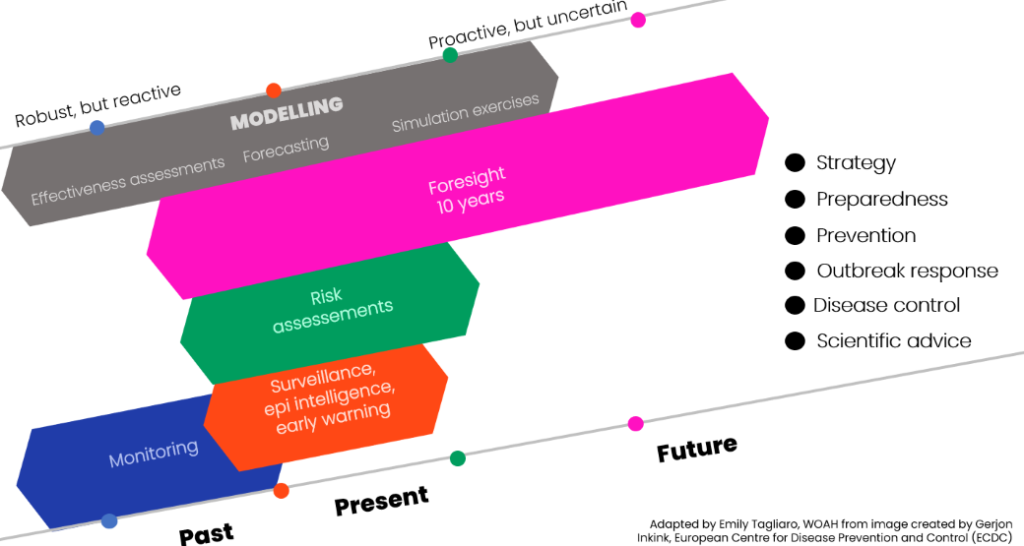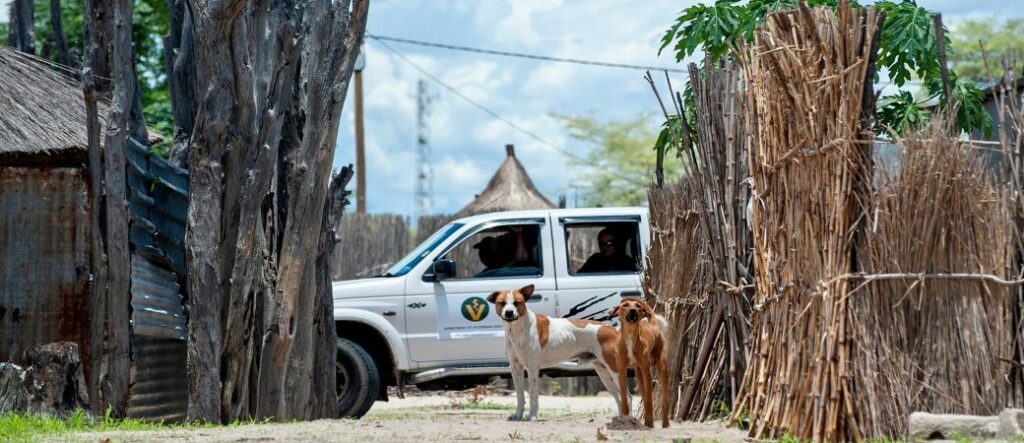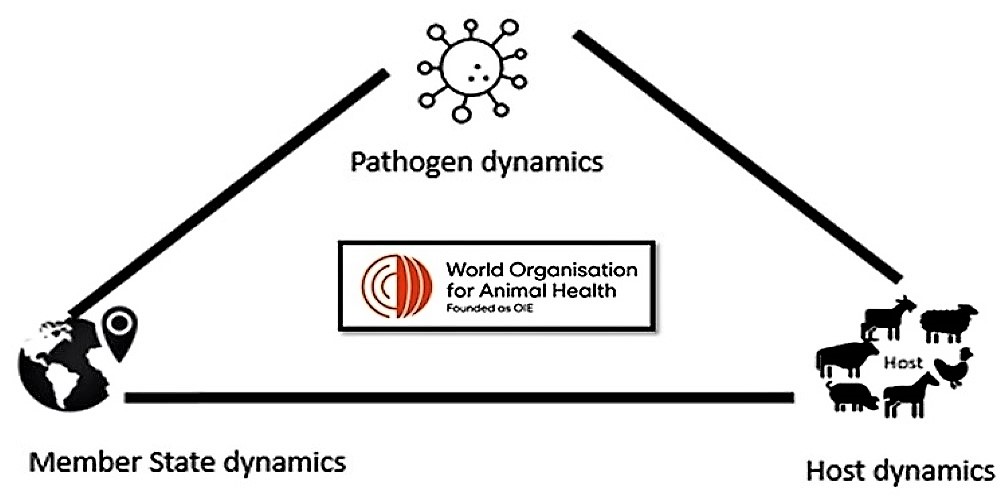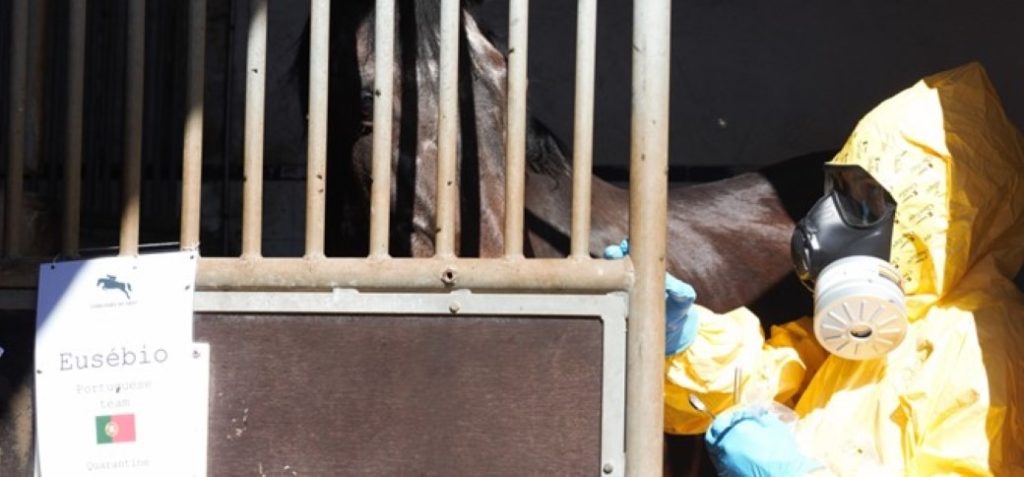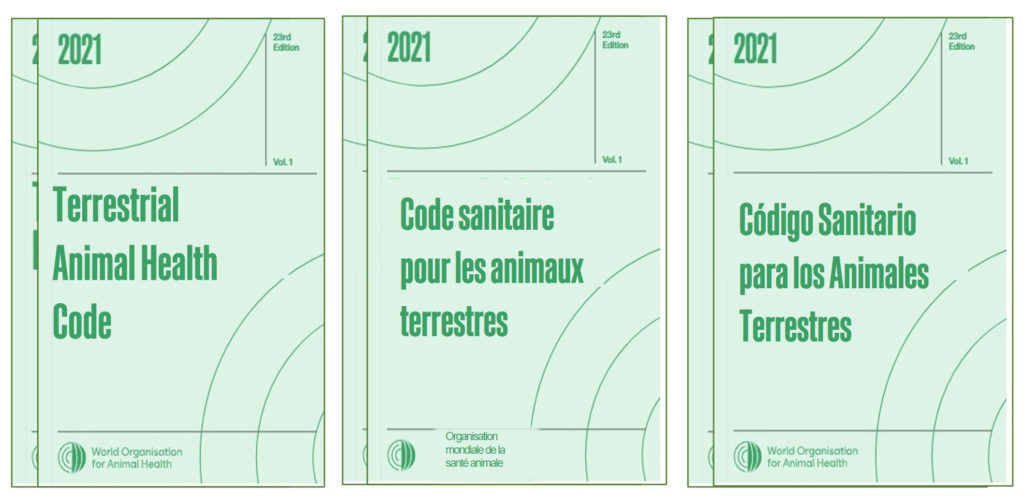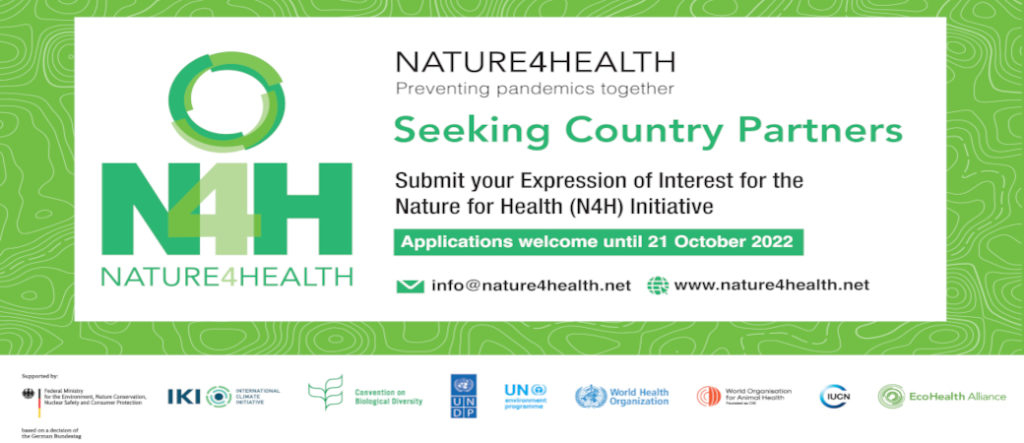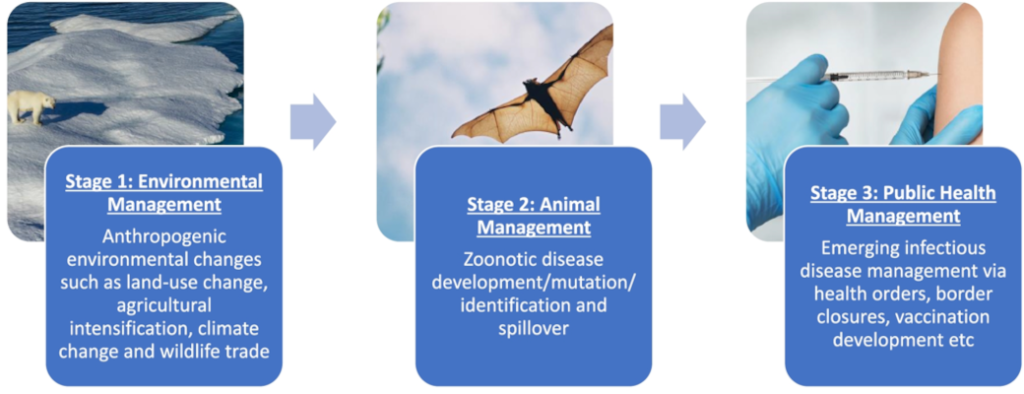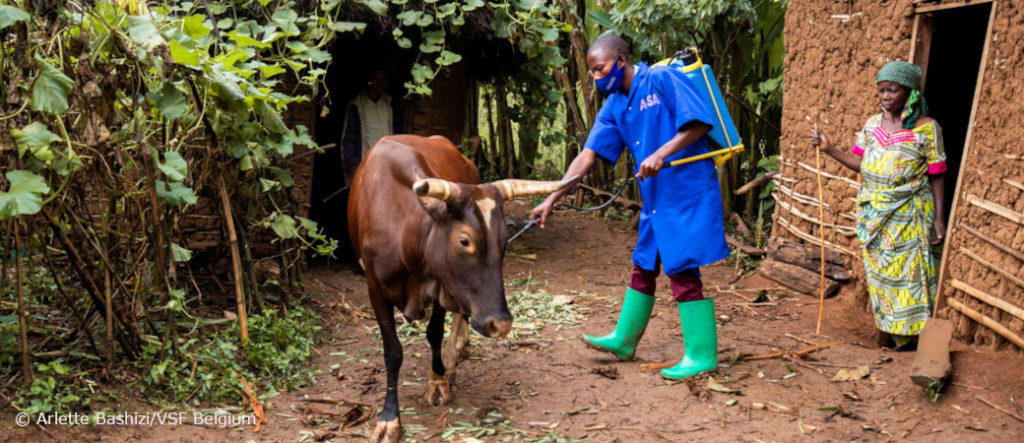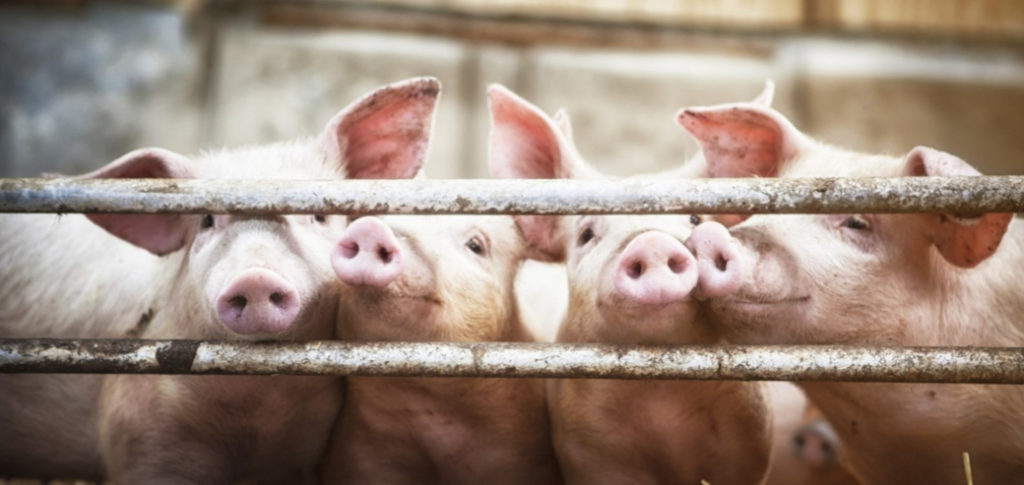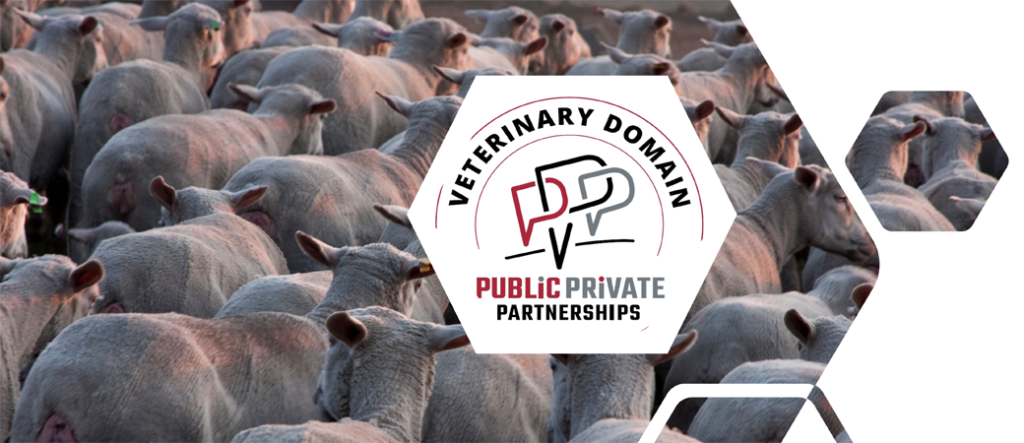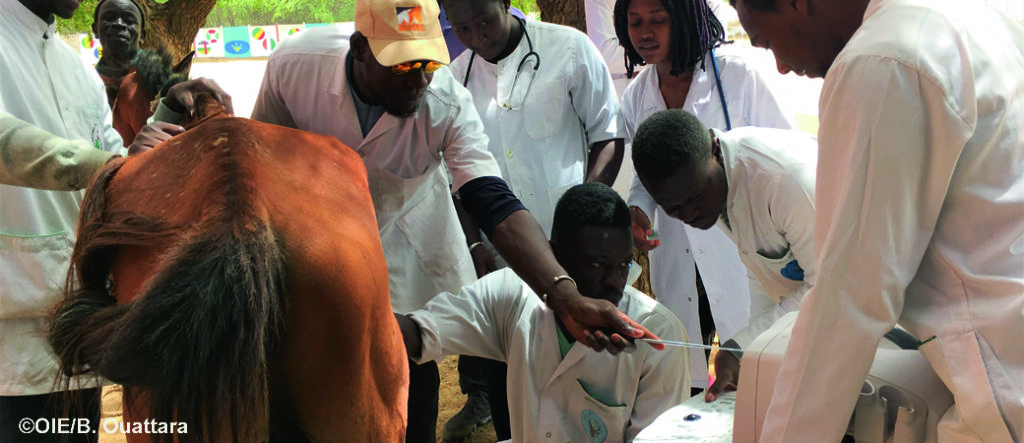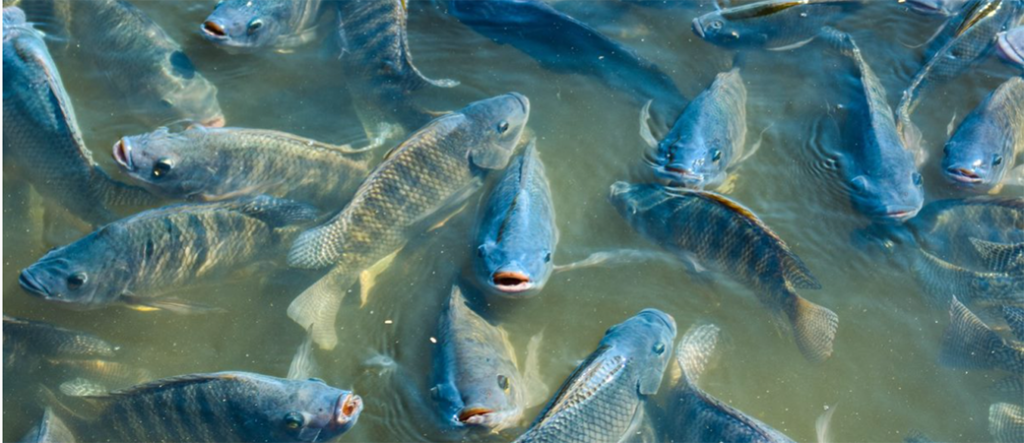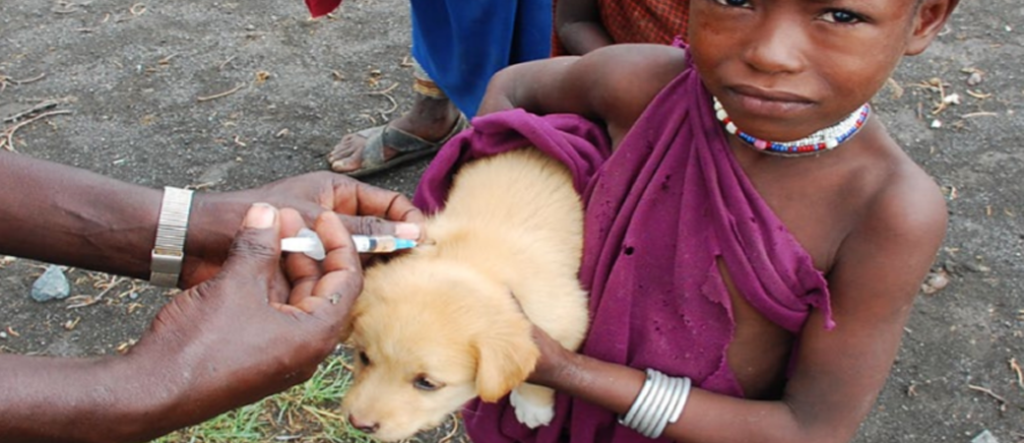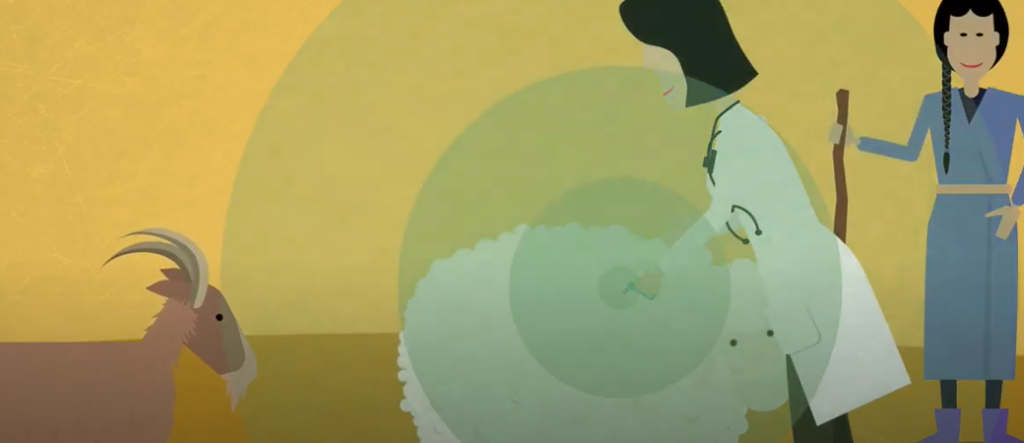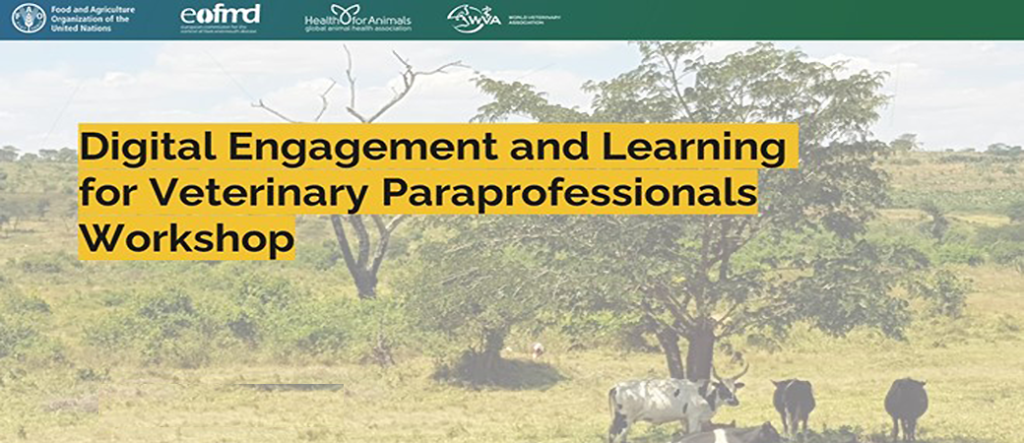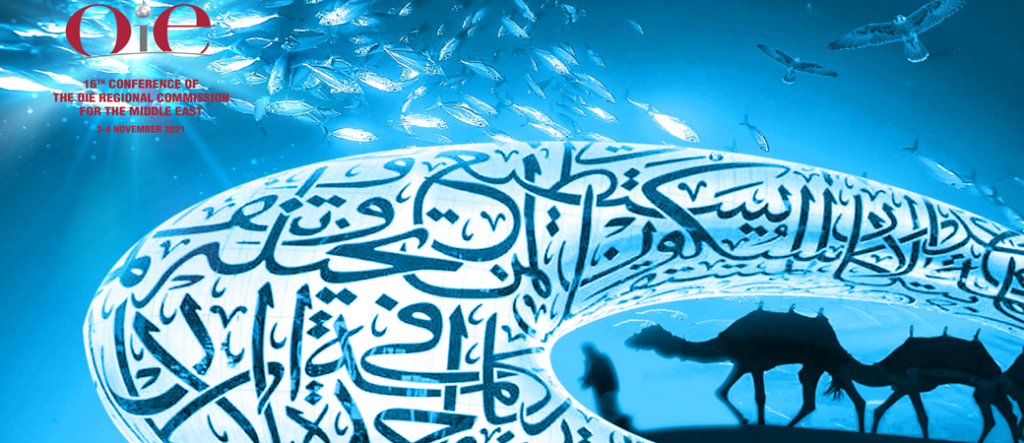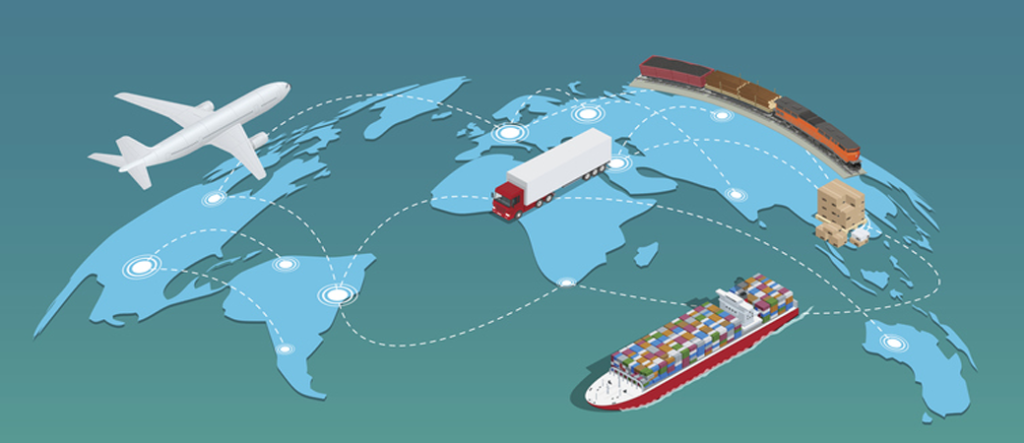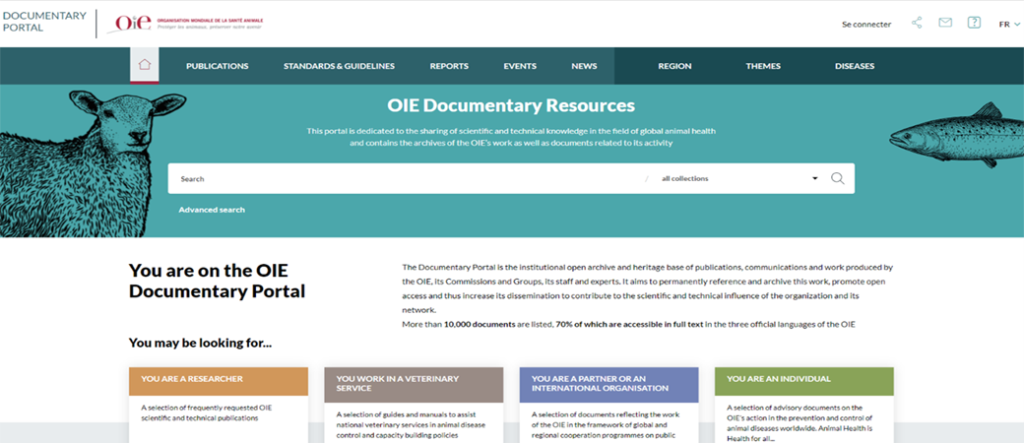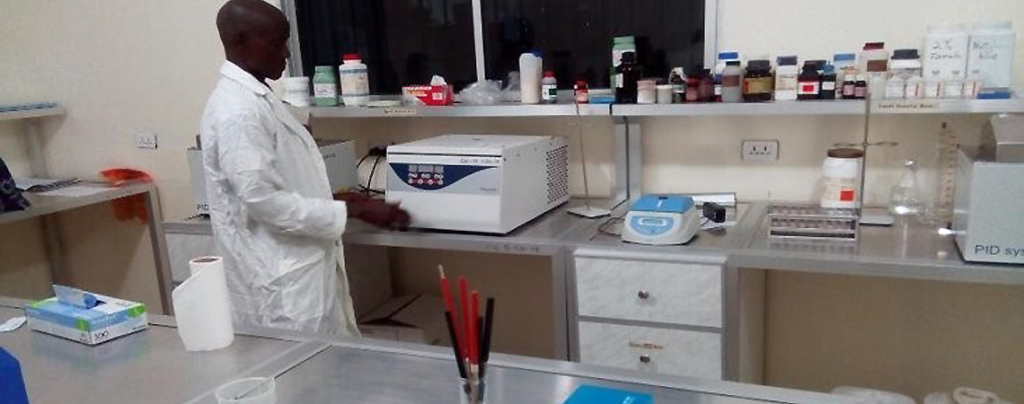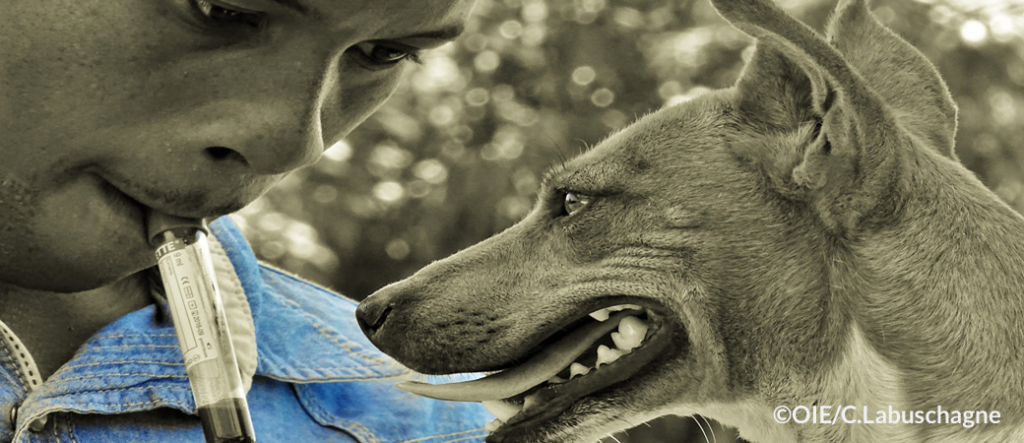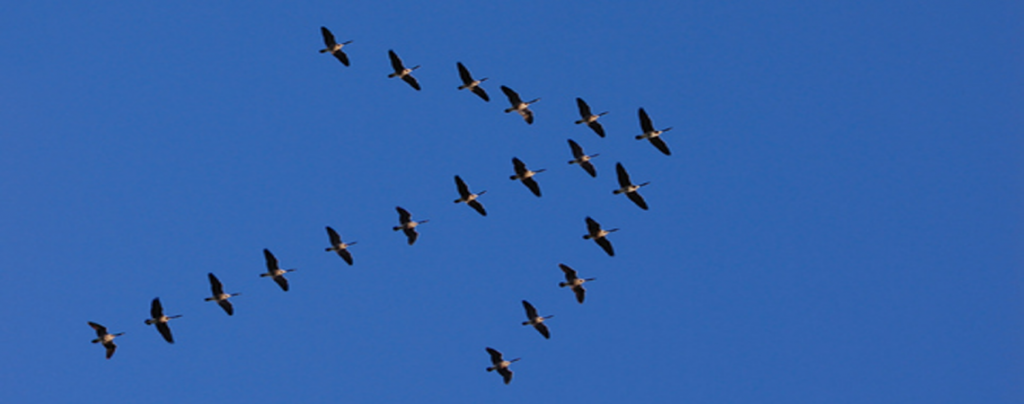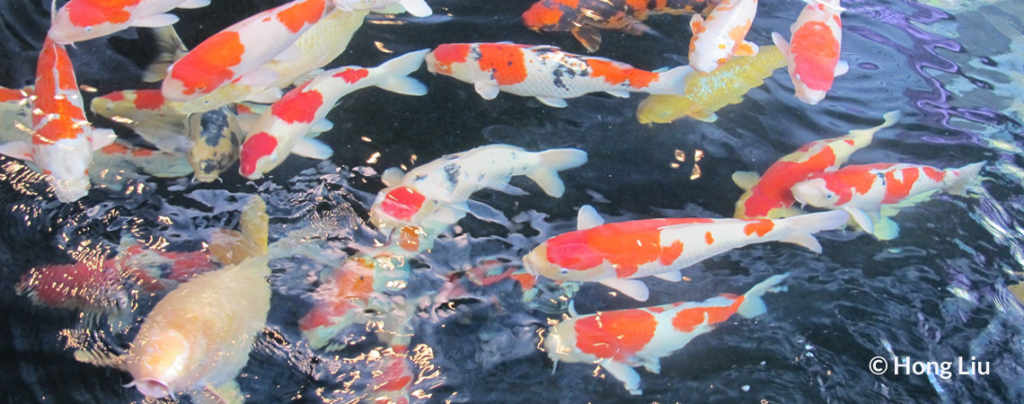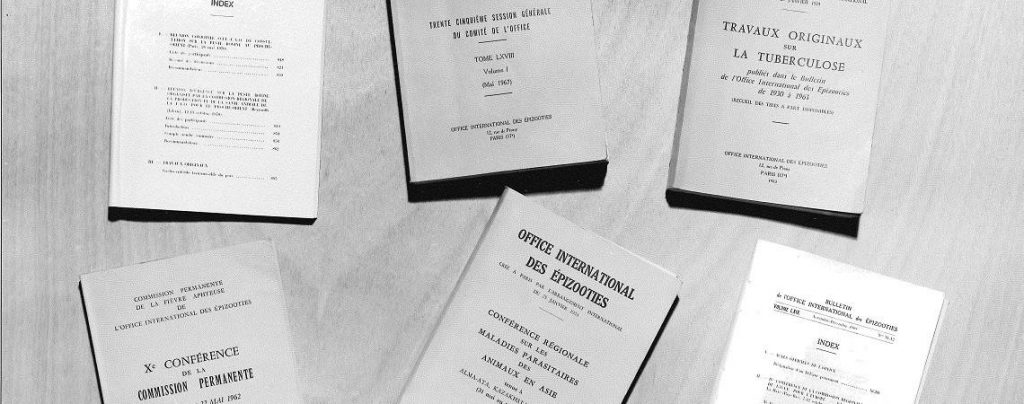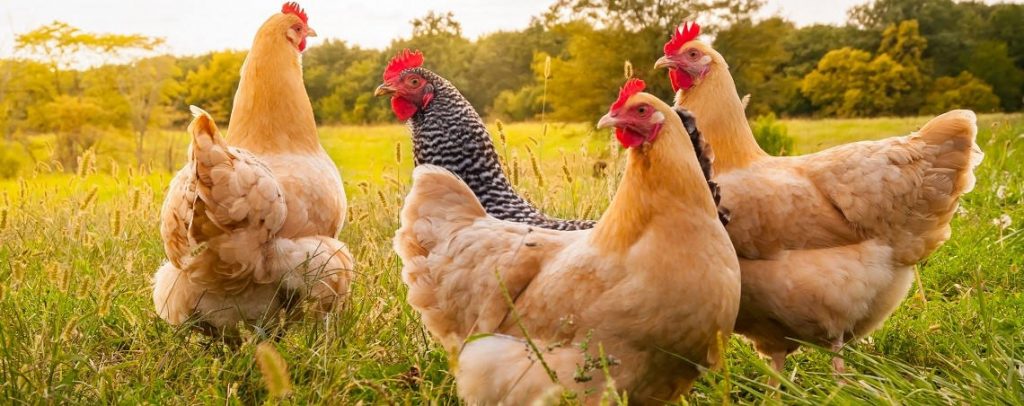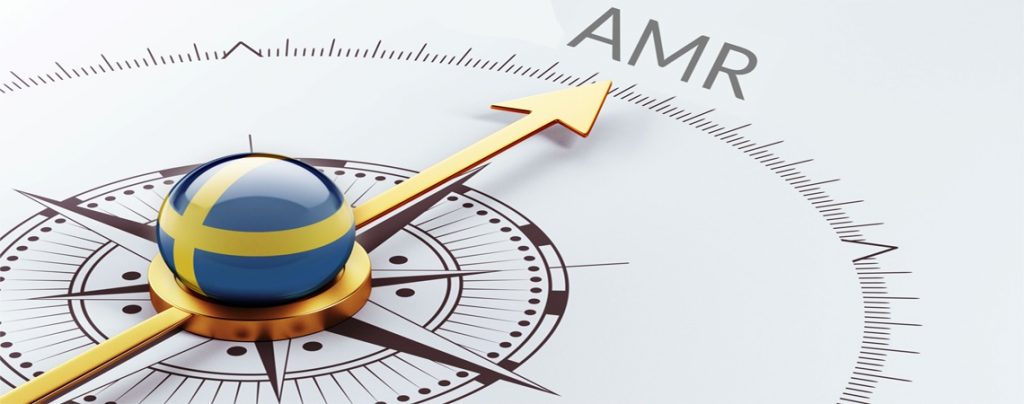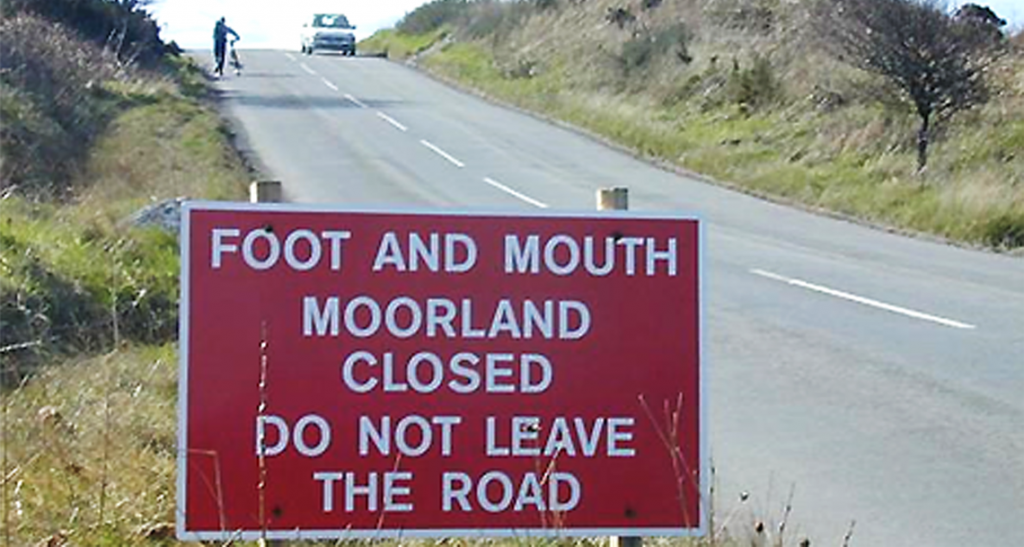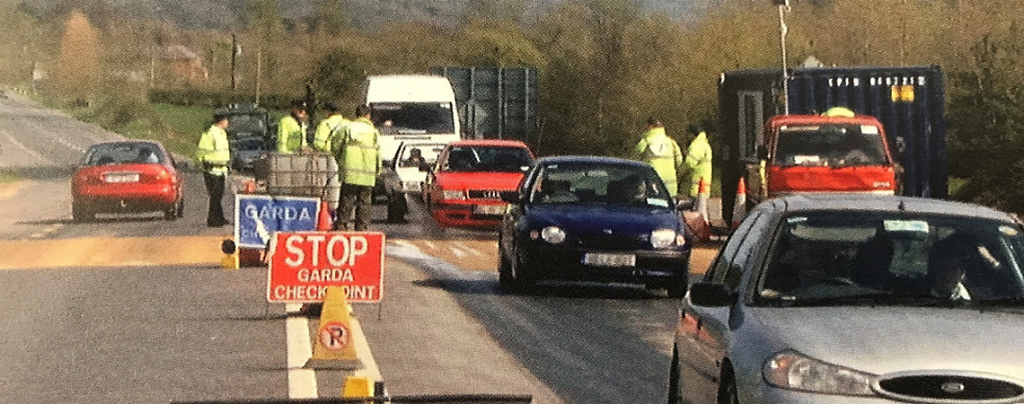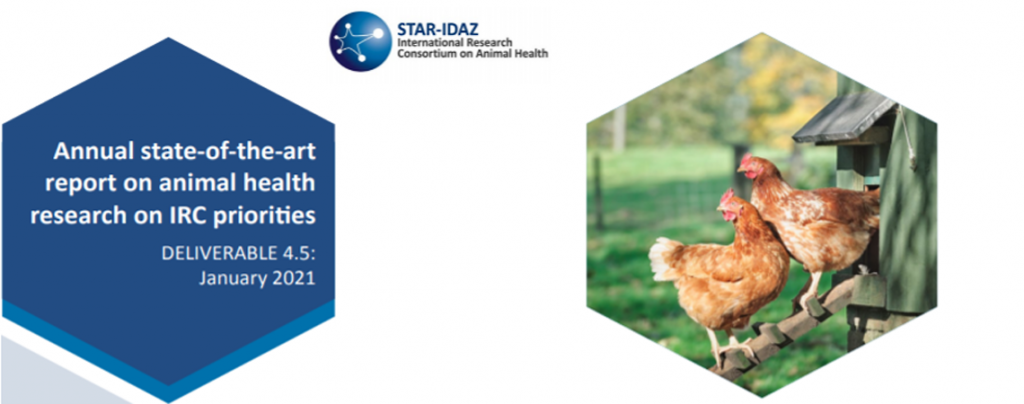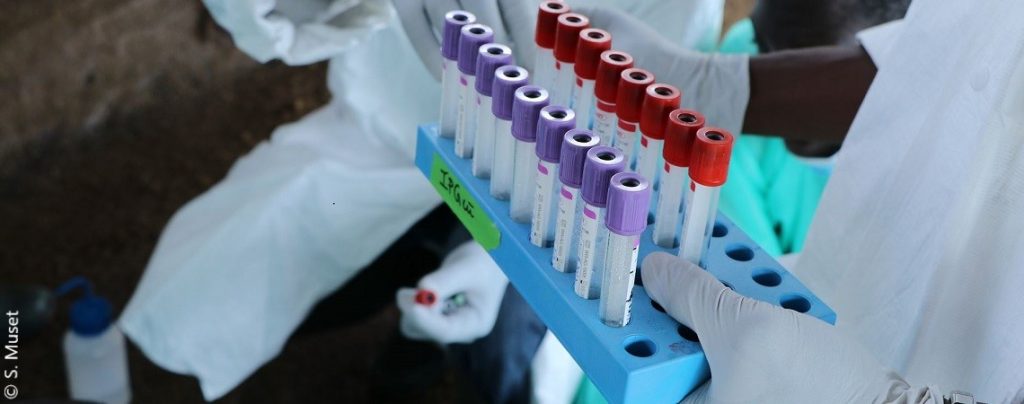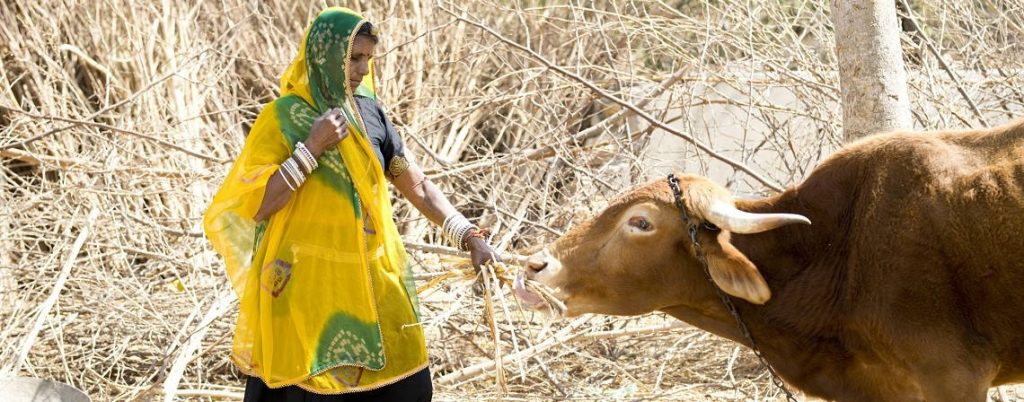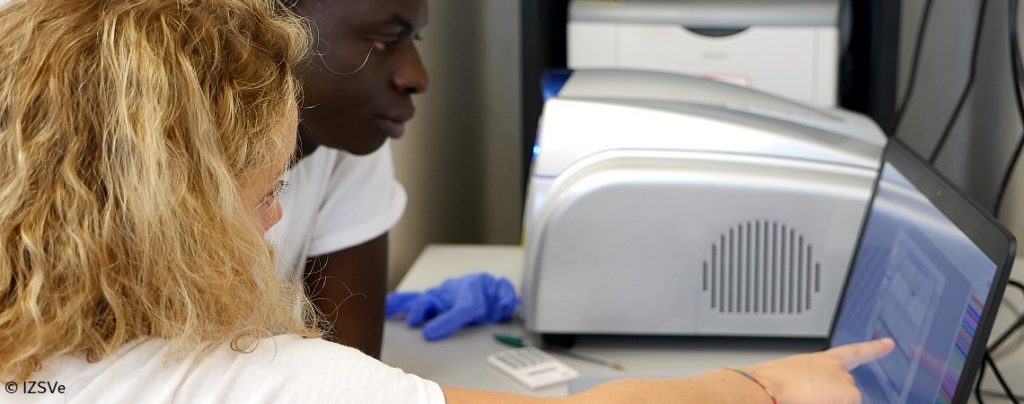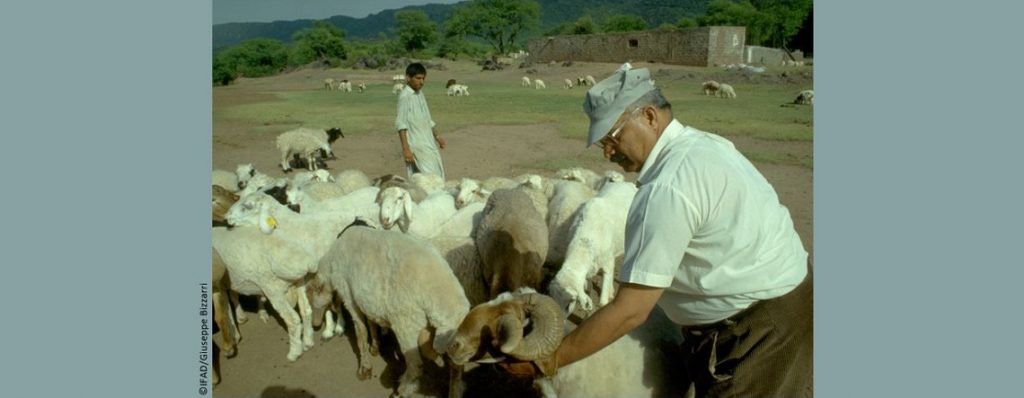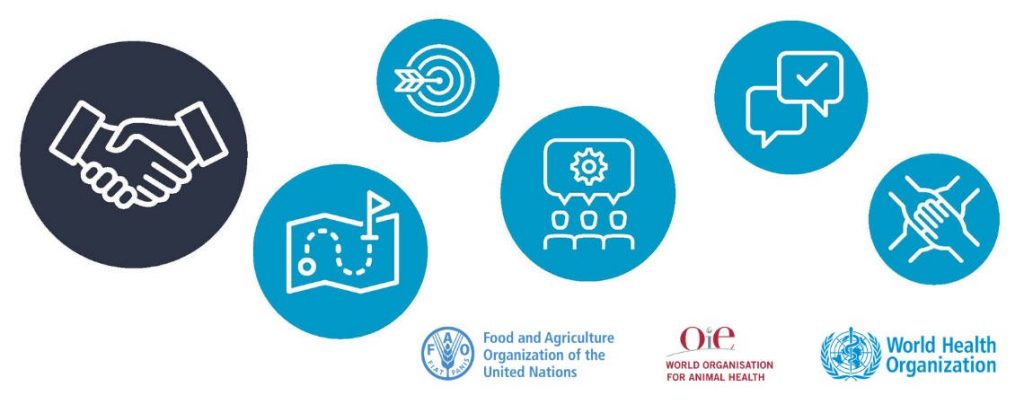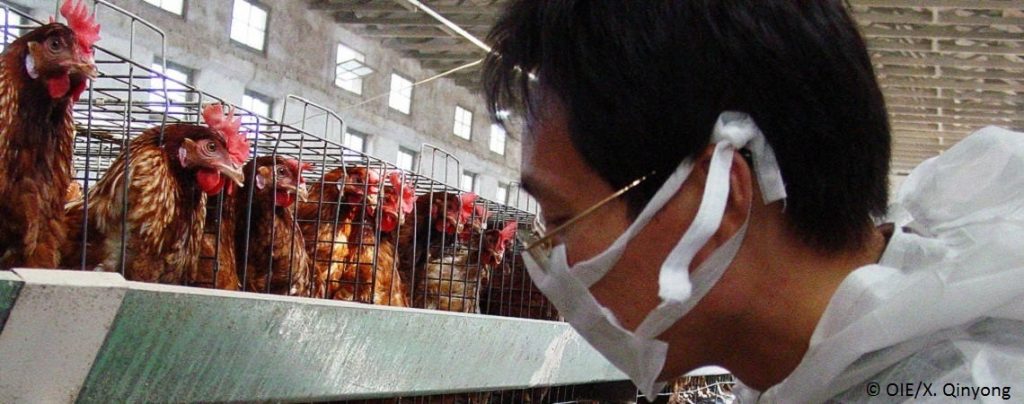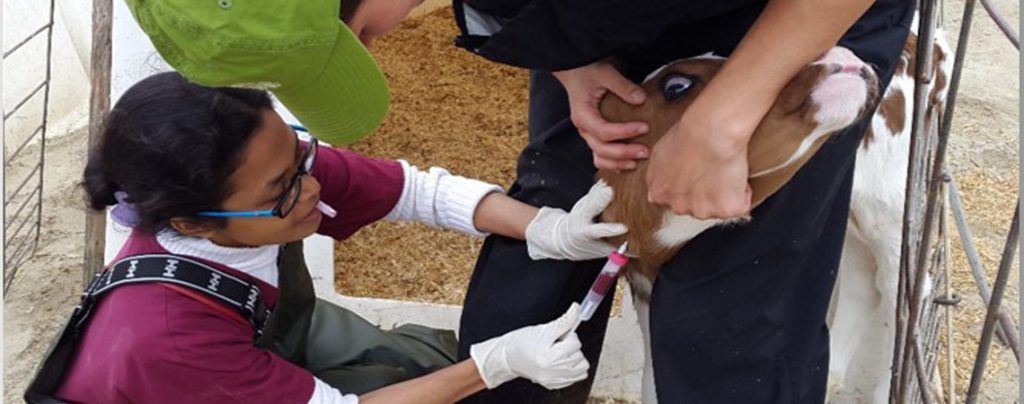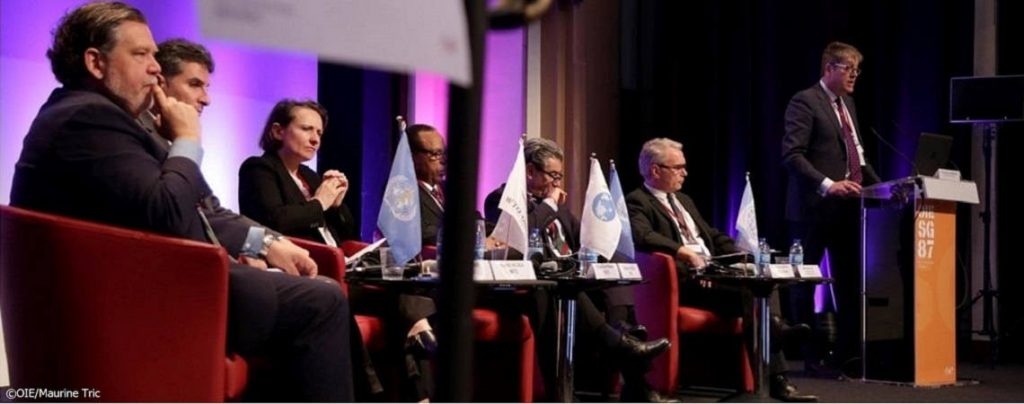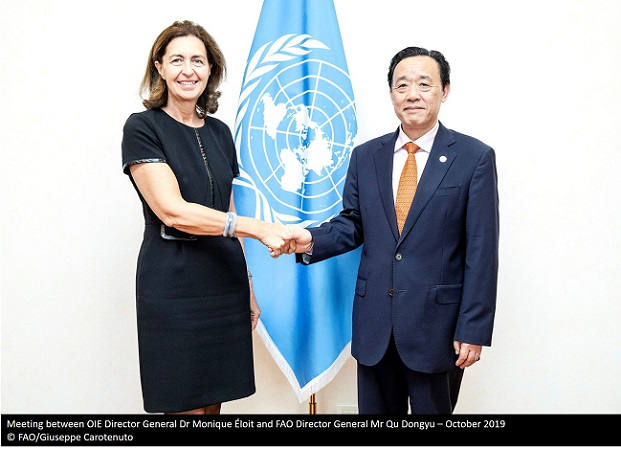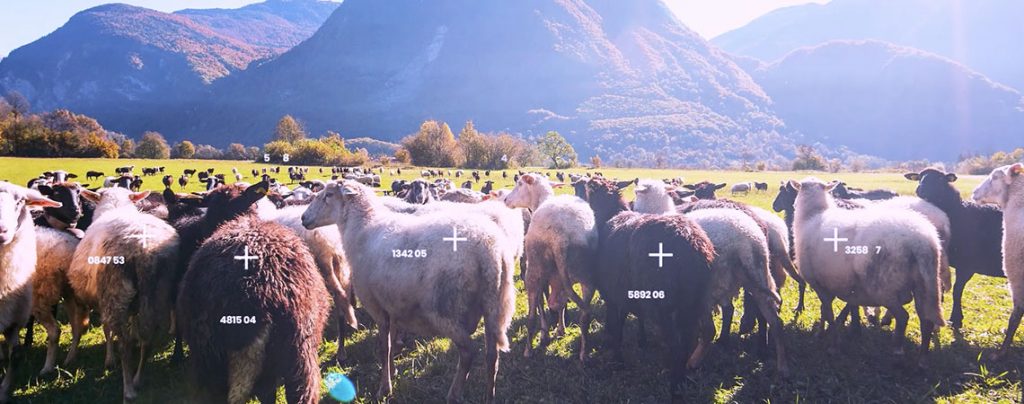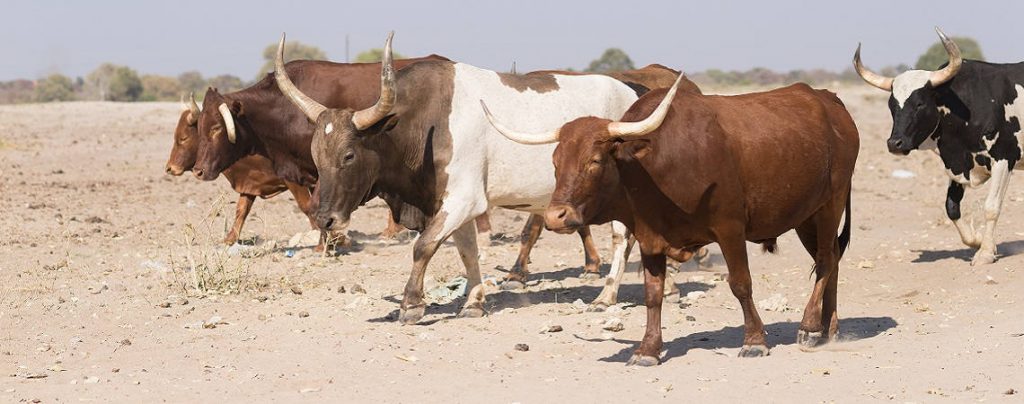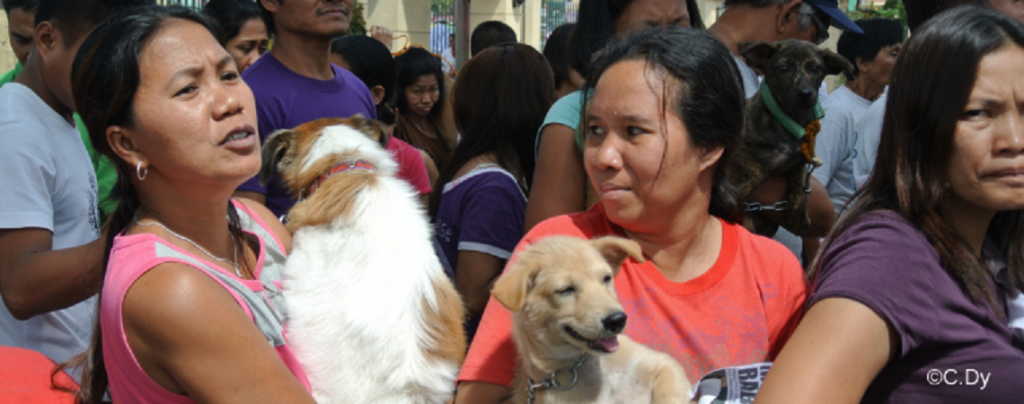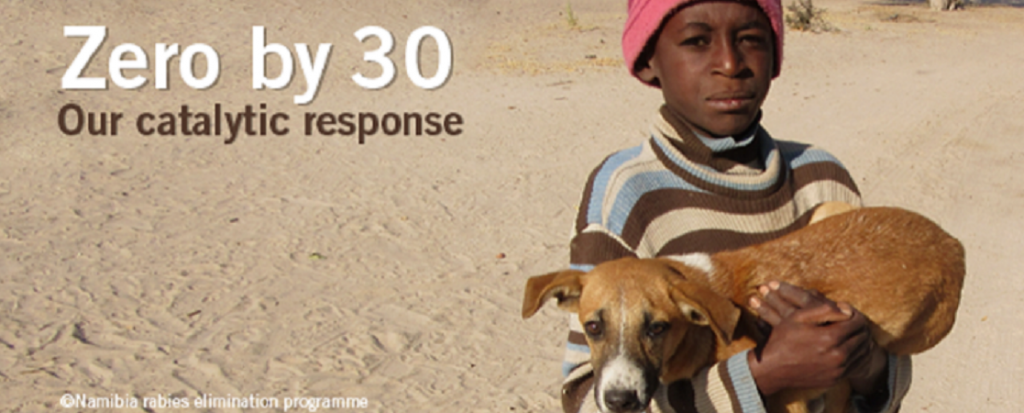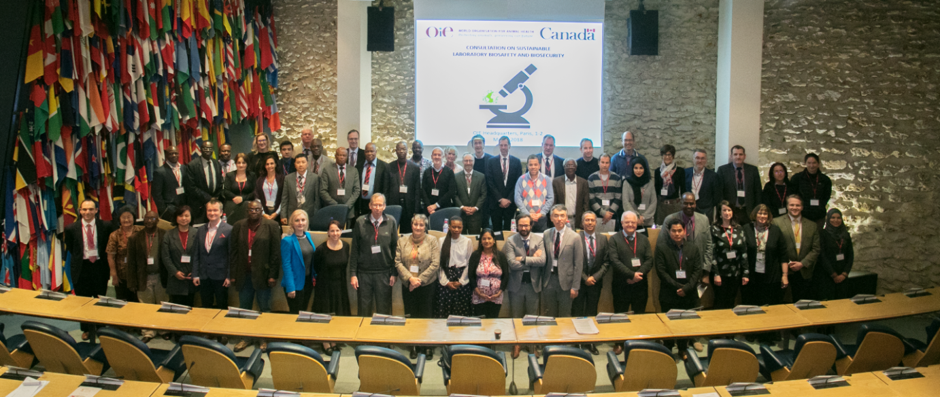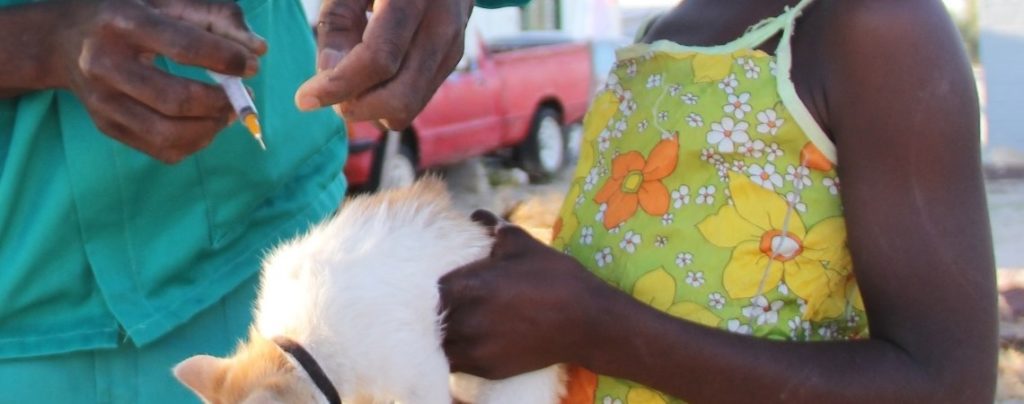CONTINUOUS INFORMATION Posted on 2022-07-13 12:35:01
A Standard Operating Procedure to improve notification of emerging diseases of terrestrial animals
Keywords
Facilitating transnational information sharing to improve terrestrial animal emerging disease risk management
The World Organisation for Animal Health has developed a Standard Operating Procedure (SOP) for consistently determining if a disease should be considered as ‘emerging’ according to its Standards, and to facilitate and encourage sharing relevant epidemiological information across its Members. The SOP defines the triggers, timelines, roles, and responsibilities of those involved in the process.
Whenever an exceptional epidemiological event occurs, a timely and consistent sharing of information across countries is fundamental to prevent transboundary disease spread and to enhance competent authorities’ response. In the case of emerging diseases, where the knowledge is in general scarcer (e.g., about epidemiology and impact), the sharing of epidemiological information by Members becomes even more important, as it allows getting better understanding of the disease, and adapting ongoing surveillance and risk mitigation measures.
According to Article 1.1.4. of the Terrestrial Animal Health Code (the Terrestrial Code), Members shall notify the Organisation when an emerging disease has been detected in a country, zone or compartment, and send periodic reports subsequent to a notification for the time necessary to have reasonable certainty that the disease, infection or infestation has been eradicated or the situation has become stable, or until sufficient scientific information is available to determine whether it meets the criteria for inclusion in the WOAH List as described in Chapter 1.2.
In order to facilitate the reporting of emerging diseases by Members with a transparent and consistent approach, we developed an SOP that clearly describes the procedure, role and timelines to determine if a disease meets the Terrestrial Code definition for an emerging disease and the consequent actions, such as assessing against the aforementioned criteria described in Chapter 1.2., should the disease be considered an emerging disease.
The SOP, available from our website here, has been developed by the Organisation, in consultation with its relevant Specialist Commissions, and is complemented by a guidance document for the interpretation of the definition for emerging diseases. This will be completed by an Emerging Diseases Register, also soon available from our website, containing the list of emerging diseases that have been considered to meet the Organisation’s definition, together with the rationale and supporting scientific evidence. The relevant Specialist Commissions will regularly review all the diseases in the Register to decide if they still meet the definition for emerging disease or if the available scientific information is sufficient to assess the disease against the listing criteria of Chapter 1.2. of the Terrestrial Code.
For each identified emerging disease, a case definition will be provided for notification in order to facilitate disease reporting. Overall, this set of tools will ensure the issuing of timely notification followed by periodic updates concerning emerging disease outbreaks, allowing the gathering of relevant information for effective response and risk management.
WOAH Standard Operating Procedure for determining whether a disease should be considered as emerging – en français – en español
Article updated – 13/July/2022




